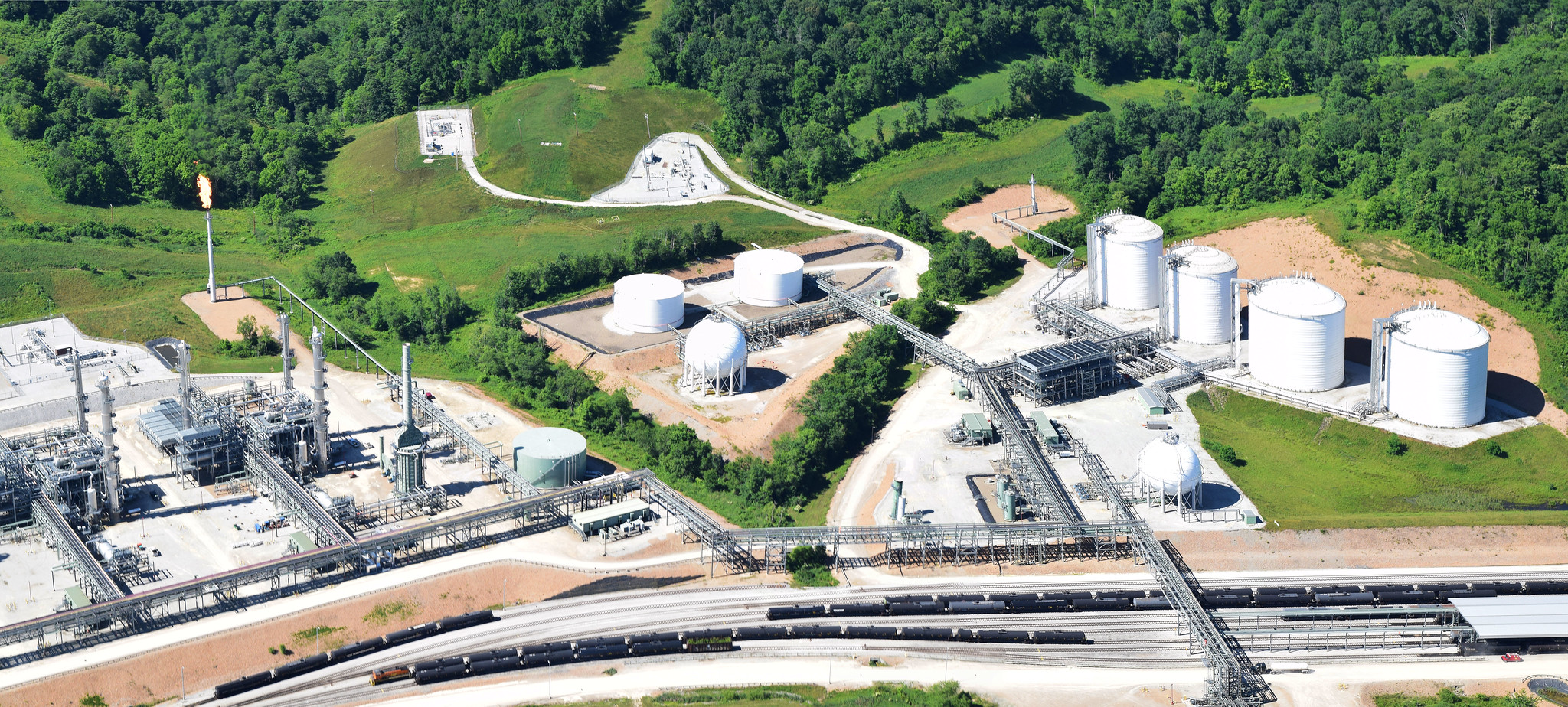Originally by Kathiann M. Kowalski at energynews.us
Project 2025, a policy blueprint created by allies of former President Donald Trump, would increase Ohio households’ annual energy spending and cost the state tens of thousands of jobs by 2030 compared to a continuation of current federal law and policies, a new analysis finds.
Ending federal spending on climate mitigation, as Trump has pledged to do, would cost jobs along with savings from energy efficiency and reduced dependence on fossil fuels, explained Robbie Orvis, senior director for modeling and analysis at Energy Innovation, which released the analysis last week.
And those losses would not be offset by expanded development of oil and natural gas, the report finds.
Analyses for Ohio and 47 other states follow up on a nationwide forecast Energy Innovation prepared this summer, which projected a loss of 1.7 million jobs and billions in added energy spending for U.S. households under Project 2025 compared to current law and policies. Early deaths and greenhouse gas emissions that drive human-caused climate change would also increase, Energy Innovation reported.
Project 2025 bills itself as a “playbook of actions to be taken in the first 180 days of the new Administration.” Although Trump’s campaign has tried to distance itself from the work by the Heritage Foundation and other conservative groups, many of the authors played a role in his administration. The plan is also promoted by prominent backers of his campaign.
Among other things, Project 2025 refers to climate change as merely a “perceived threat.” The playbook calls for increased oil and gas drilling, repeal of the Inflation Reduction Act and Bipartisan Infrastructure Law, reduced regulatory oversight on environmental matters, an end to various equity programs and more.
Approximately $10.5 billion in new investments and nearly 13,900 jobs have been announced for Ohio under the Inflation Reduction Act through the end of July, according to a Climate Power report released this summer, placing Ohio among the top 10 states for job gains.
“We think it’s important to be able to bring some numbers to this conversation,” Orvis said.
Energy Innovation’s forecast for Ohio projects that by 2030, Project 2025 would add $150 per year to households’ spending for energy, including electricity, heating and transportation. By 2035, that number would climb to more than $260 per year.
Among other things, slashing energy efficiency programs for buildings and other sources of greenhouse gases would result in higher energy usage — and bills. Gutting programs to incentivize electric vehicles and relaxing fuel efficiency requirements would also result in more fossil fuel use than would otherwise be the case, Orvis explained. Extra expenses from increased energy usage would “more than offset” lower prices per unit for fuel that might result from expanded oil and gas development, the analysis said.
Ohio would also have roughly 21,200 fewer jobs by 2030 and that figure could double by 2035 if Project 2025 goes ahead, Energy Innovation calculated. That includes offsets from sectors that might grow under the conservative blueprint, including the oil and gas industry, Orvis said.
Those offsetting job gains wouldn’t necessarily be filled by local workers. A large share of the direct jobs in oil and gas development for Ohio’s top-producing counties for natural gas have been held by crews that came in from elsewhere and left afterward. The Ohio River Valley Institute noted that and other factors in its work showing that Appalachian petroleum-producing counties have lagged economically.
In contrast, 70% of a solar project’s workforce must be Ohio residents if a developer and communities want to use a property-tax alternative that can give companies a break in a project’s early years but provide more revenue for counties on a steady basis over the life of a project. Local skilled workers also especially benefit from energy efficiency work.
With roughly $4.9 billion less in clean energy investments, Ohio’s greenhouse gas emissions would climb, the Energy Innovations analysis found. Sources in the state would emit roughly 9 million more metric tons of carbon dioxide equivalents in 2030, compared to what they would under current federal policies. That figure would exceed 32 million metric tons in 2035. That’s comparable to the 2023 emissions from Ohio’s four largest coal plants, according to EPA data.
Ohio is actually in the lower half of states for projected job losses and increased energy costs under the Project 2025 scenario, although it is among the top half for increased greenhouse gas emissions, Orvis said. What stood out most for him was the uniformity among all of the lower 48 states for which his team ran the numbers on Project 2025.
“Every state we looked at — every single one — there are net job losses and net GDP losses,” Orvis said.
“It didn’t surprise me that you’re going to see costs increase” under Project 2025, along with job losses and impacts on gross domestic product, said Neil Waggoner, Midwest manager for the Sierra Club’s Beyond Coal campaign. “The IRA and the infrastructure bill were not just to deal with climate and this immense crisis we all face, but also to do it in a way that supports American innovation, growth and the economy.”
In contrast, Project 2025 would “push forward an agenda that chooses winners and losers,” Waggoner said. “That’s fundamentally against innovation and growth and capitalism.” He also criticized Project 2025’s failure to consider the nuances of energy policy and forecast its impacts into the future.
“The end result is we’re going to pay more, and it’s going to have really bad impacts on the economy,” Waggoner said.
Uncertainty about federal rules on cross-state pollution made it difficult to calculate state-specific health impacts of Project 2025, Orvis said. The nationwide analysis projected we would see nearly 6,000 early deaths per year through 2030, compared to current policies. By 2050, that difference would be about 25,000 more early deaths each year under Project 2025 policies.
The work also didn’t drill down into which groups would be most affected by job losses, higher energy costs and so forth. But health impacts from pollution, higher energy burdens and higher poverty rates are already disproportionately high for historically underinvested communities.
“The impacts won’t be felt evenly across the board” if Project 2025 goes into effect, said Bishop Marcia Dinkins, founder of the Black Appalachian Coalition. “The tradeoff is always at the expense of marginalized people and people who are on fixed incomes.”
For people who are already struggling with high energy burdens and other issues, Project 2025 would be “a double economic blow,” Dinkins said. Prospects for health and the environment would also suffer, particularly given Ohio’s heavy reliance on fossil fuels and petrochemicals, she added.
“Without solutions around clean energy, it’s just going to make matters worse,” Dinkins said.
Read the Original Story





